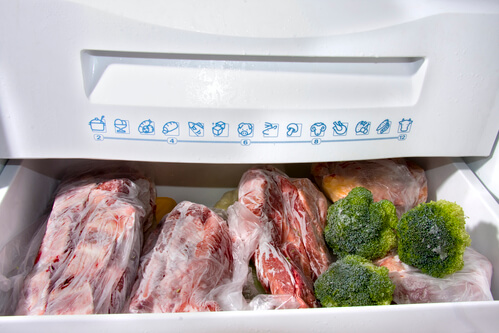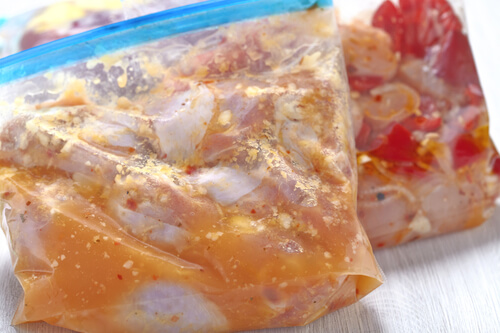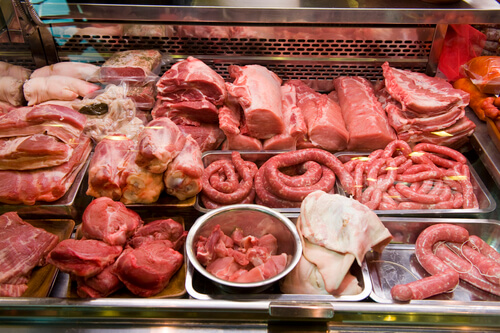Meat can get quite pricey. And when you see a good deal on bulk meats for sale, it’s a wise idea to stock up. Handling the meat you bought as soon as you get home is essential. To prevent contamination and freezer burn and ultimately, avoid wasting money and food, you should know how to package meat properly. By doing so, you can also make your meal prep a breeze.
Purchasing meat in bulk is a fantastic way to save money on groceries. When you see a bargain, divide your portion into two: for short and long-term storage.
Whether you’re buying a whole or half animal, a bulk package from your local butcher, or just buying meat on sale, there are proper handling and storing practices you should be aware of.
Freeze Portions
The first thing to learn about freezing any type of meat is to do it in portions. Know your family’s eating habits and store the meat in the freezer in meal-sized portions. Aside from freezing the meat properly, this method can also reduce food waste and avoid overeating; since you will only need to take out the amount of meat, you need from the freezer. Meal-sized portions stored in the freezer will also save you time from defrosting the meat.
According to the Center for Nutrition Policy and Promotion, the recommended amount of meat for an average person is five to seven ounces per day. Of course, this number will also depend on several factors such as age, weight, height, and other dietary needs of a person. For an average family of five, divide each kind of meat (pork, beef, poultry, lamb, fish, etc.) into roughly 500 to 550 grams each.
Remember to remove any excess fat before freezing the meats. If the amount of meat doesn’t sound it’s enough for your meals, keep in mind that a balanced meal should be composed of vegetables, grains such as rice or corn, and other accompaniments. Additionally, since meat is the most expensive component of a meal, bulking a dish with vegetables and different sides is an excellent way to stretch your food budget.
Packaging and Storage
After figuring out the portion sizes you need, the next thing you have to learn is the right way to package and store the items. You will need good-quality and durable freezer bags that will keep out air (air can cause freezer burn.) Your freezer bags will also need to be stackable to save on freezer space. You can use freezer films and place them between individual cuts of meat inside the bag to prevent them from sticking together while frozen. Freezer films are a useful item to have, especially if you buy bulk meats on sale and store them in the freezer for a while. Once you have finished packing the meats separately, use a permanent marker and write what type of meat is in the bag, what cut it is, and what the freezing date is. This will help you remember how long you’ve been storing the meat.
Putting the Meat in the Freezer
When you’re ready to put the packaged and portion meats in the freezer, don’t just do so haphazardly. You should store bigger cuts of meat first such as roast in the lower part of the freezer. Putting the largest cuts of meat in the bottom will let them freeze faster. It will also prevent the freezer shelves from hanging too low or squashing the other items in it. Additionally, if you freeze the same bulk meat you got for sale together, then you will know right away how much of it you have stored.
If you’re more serious about buying and stocking up on bulk meat for sale and got a freezer to store it in, swap the meat around; it will take more time to freeze. Rearrange the meats in your freezer every 12 hours so that they will freeze evenly. If you buy more meat, place the newer stock on the bottom and the older ones at the top.
Additional Tips
Here are some general tips on the freezing time for the following meat products from FoodSafety.org:
- Any type of sausage – 1 to 2 months
- Hamburger and other mince meats – 3 to 4 months
- Whole, fresh poultry – 1 year; poultry pieces – 9 months
- Fresh lamb, veal, beef, and pork – steaks – 6 to 12 months; chops – 4 to 6 months; roasts – 4 to 12 months



